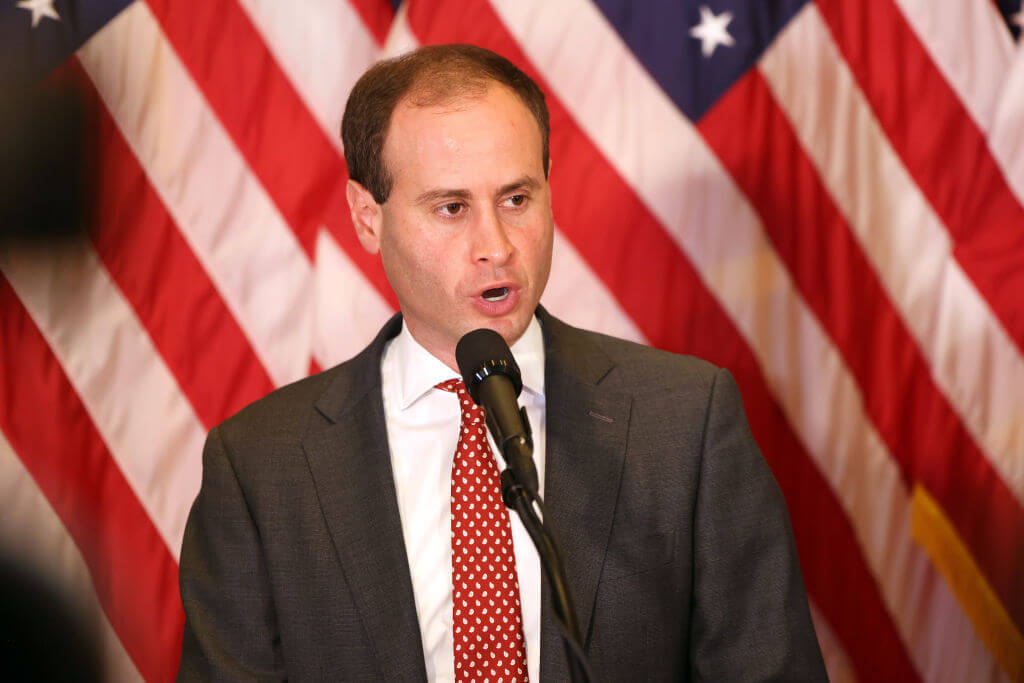Making Hebrew a Priority
Florida’s Ben Gamla Charter School may be America’s only Hebrew charter school — with another on the way in New York — but the fledgling movement to create more such schools across the country is spurring vigorous debate within the Jewish community. At issue are the relative merits of publicly funded charter schools and private day schools, questions pertaining to the separation of religion and state, and the relationship of American Jews to the public school system. Even as it has raised these thorny questions, the Hebrew charter school movement has already made one incredibly important contribution to the communal discourse about Jewish education: It has put the oft-neglected issue of Hebrew literacy back on the agenda.
In the not-too-distant past, Jews typically lived in a bilingual environment. Within the family and the community, Yiddish was the spoken language of Ashkenazic Jewry during the course of the last thousand years. For contact with the non-Jewish society, one would communicate in the local non-Jewish language. By and large, the immigration to America brought an end to this historical reality: Instead of replacing Russian or Polish (one’s second language), English replaced Yiddish (one’s primary language), and Jewish bilingualism came to an end.
The loss of our own language was not without precedent. In the quest for full integration in Western and Central Europe throughout the 19th century, the Jewish public chose to adopt the territorial languages as their vernacular. In the multinational Austro-Hungarian Empire, for example, many Jews vacillated between the German language of the crown and the Czech or Hungarian languages of the local nationalism. Often there were those who protested the abandonment of Yiddish, claiming that the Jewish people would lose its unique content, its very soul, with the loss of its own language — but it was all to no avail. The eagerness to take on the American identity overwhelmed even the Yiddish-language Forward, which urged its readers to adopt English, an editorial position that would seem to negate its own best business interests.
Many would argue that the Americanization of the Jews has been a tremendous success, while perhaps a few still express pain and mourning over the loss of an irreplaceable cultural uniqueness. It is obvious that both these perspectives are true. Indeed, together with its sense of pride in many realms of endeavor, American Jewry seems to have given up on the possibility of any Jewish creativity in a Jewish language. In so doing, it has turned its back on the legacy of an ancient civilization that had almost always expressed itself in Hebrew characters.
In many places around the world, school systems produce high school graduates who are comfortable in two or even three languages, including the ability to read good literature in these languages. In Israel, for example, we often hear harsh criticism about the achievements of the school system — and justifiably so — and, yet, it has always been self-evident that an educated Hebrew speaker is also literate in English. If a society attaches importance to language skills, there will always be results.
That is the historic failure of American Jewry: So very few understand that language is the central carrier of culture, and so very few are aware of the power of a Jewish language in establishing individual and collective identity.
If there were a Jewish public in North America interested in the re-establishment of a Jewish identity that would include a living Jewish language as a mark of distinction and definition, it could be done. It is a matter of motivation.
Surely, a Jewish day school or charter school system in which Hebrew is the language of instruction for all subjects and activities from the very first day of kindergarten until the completion of school would bring about the desired result: bilingual graduates whose cultural point of reference would be the natural familiarity with the Jewish text. The Tarbut Hebrew school system of pre-Holocaust Poland and Lithuania is an outstanding example of such an immersion education. Similarly, a movement that would encourage substantial numbers of American Jewish students to do their academic studies at the Hebrew language universities of Israel could also create a significant public in the American Diaspora that would be culturally expressive in a historically Jewish language.
American Jews are a well-to-do group that claims to value education, and yet Jewish identity remains an uphill — and too often a failing — battle. The return to a situation in which a spoken Jewish language is a self-evident fact of life would re-create a reality in which Jewish self-awareness is likewise self-evident. The challenge of Jewish educators is to aspire for the very best, and not to be resigned to a Jewish cultural reality as it is. The Hebrew language, the very key to the world of Jewish sources past and present, is the very best. It is both the symbol and the tool of Jewish continuity.
Reuven Kalifon teaches Jewish history at the North American Federation of Temple Youth’s Eisendrath International Exchange High School in Israel.
A message from our CEO & publisher Rachel Fishman Feddersen

I hope you appreciated this article. Before you go, I’d like to ask you to please support the Forward’s award-winning, nonprofit journalism during this critical time.
At a time when other newsrooms are closing or cutting back, the Forward has removed its paywall and invested additional resources to report on the ground from Israel and around the U.S. on the impact of the war, rising antisemitism and polarized discourse.
Readers like you make it all possible. Support our work by becoming a Forward Member and connect with our journalism and your community.
— Rachel Fishman Feddersen, Publisher and CEO





















